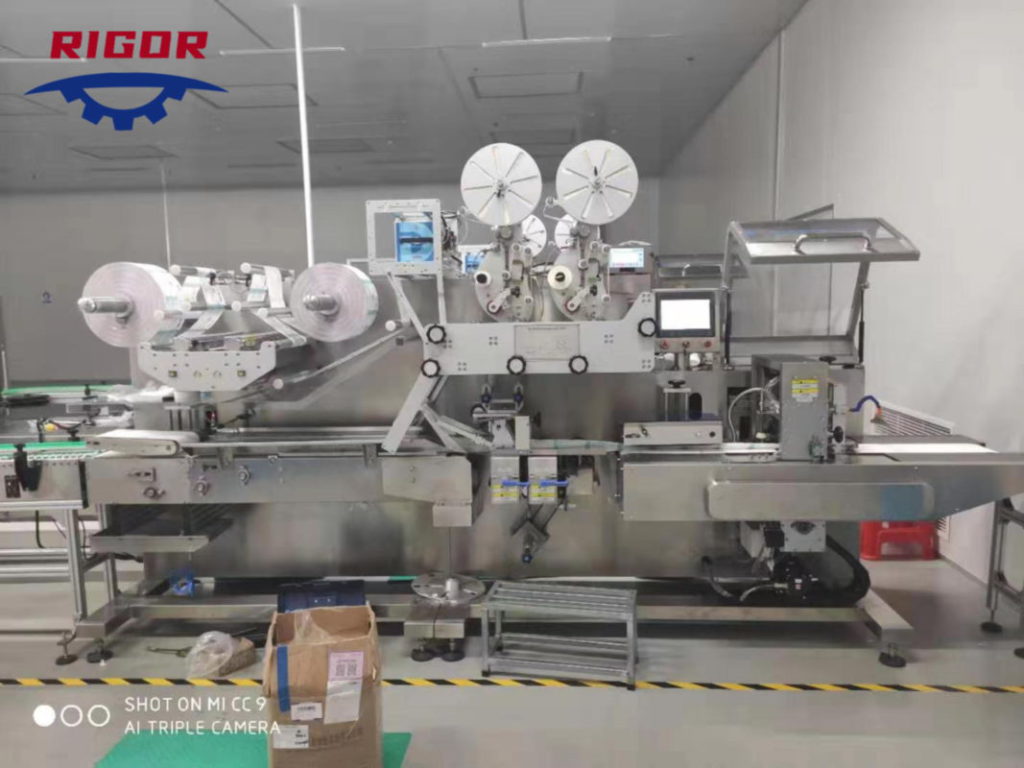Posted on February 22, 2024
What are the trends and innovations shaping the future of wet wipes manufacturing?
Several trends and innovations are shaping the future of wet wipes manufacturing, driven by evolving consumer preferences, technological advancements, and sustainability considerations.
Some of the key trends and innovations include:
- Biodegradable and Sustainable Materials: There is a growing demand for wet wipes made from biodegradable and sustainable materials to reduce environmental impact. Manufacturers are exploring alternative fibers, such as bamboo, cotton, and plant-based cellulose, as well as eco-friendly packaging options to meet this demand.
- Flushable and Dispersible Wipes: Flushable and dispersible wipes that break down quickly and safely in sewer systems are gaining popularity. Manufacturers are developing innovative formulations and manufacturing processes to produce wipes that meet flushability standards while maintaining performance and durability.
- Natural and Organic Formulations: Consumers are increasingly seeking natural and organic wet wipes made with gentle, non-toxic ingredients. Manufacturers are responding by formulating wipes with natural extracts, botanicals, and organic oils, free from harsh chemicals, fragrances, and preservatives.
- Antimicrobial and Disinfecting Wipes: The demand for antimicrobial and disinfecting wipes has surged in response to health and hygiene concerns, particularly in light of global pandemics. Manufacturers are developing wipes with effective antimicrobial agents, such as alcohol, hydrogen peroxide, or quaternary ammonium compounds, to provide sanitizing and disinfecting properties.
- Customization and Personalization: There is a growing trend towards customized and personalized wet wipes tailored to specific consumer preferences and needs. Manufacturers are offering customizable options in terms of scent, texture, size, and packaging to cater to diverse market segments and niche applications.
- Smart Wipes and IoT Integration: Advancements in smart technology and Internet of Things (IoT) integration are enabling the development of smart wipes with interactive features and functionalities. Manufacturers are exploring opportunities to incorporate sensors, wet wipes manufacturing QR codes, or RFID tags into wipes packaging for enhanced tracking, authentication, and user engagement.
- Single-Use Packaging and Portability: Convenience and portability continue to drive demand for single-use wet wipes packaged for on-the-go use. Manufacturers are innovating with compact and travel-friendly packaging formats, such as pouches, sachets, and individually wrapped wipes, to cater to busy lifestyles and mobile consumers.
- Multi-Functional Wipes: Multi-functional wipes that serve multiple purposes, such as cleansing, moisturizing, and sanitizing, are gaining popularity. Manufacturers are developing hybrid formulations and designs to deliver versatile performance and address diverse consumer needs with a single product.
- Hybrid and Sustainable Manufacturing Processes: Manufacturers are adopting hybrid manufacturing processes that combine traditional and sustainable methods to optimize efficiency and reduce environmental impact. This includes integrating renewable energy sources, water recycling systems, and waste minimization strategies into wet wipes production facilities.
- Regulatory Compliance and Standards: Compliance with stringent regulatory requirements and industry standards remains a key focus for wet wipes manufacturers. Continued adherence to safety, quality, and environmental regulations is essential to ensure consumer confidence and market acceptance of wet wipe products.
Overall, the future of wet wipes manufacturing is characterized by innovation, sustainability, customization, and technological advancements aimed at meeting evolving consumer needs and expectations while addressing environmental concerns and regulatory requirements.


